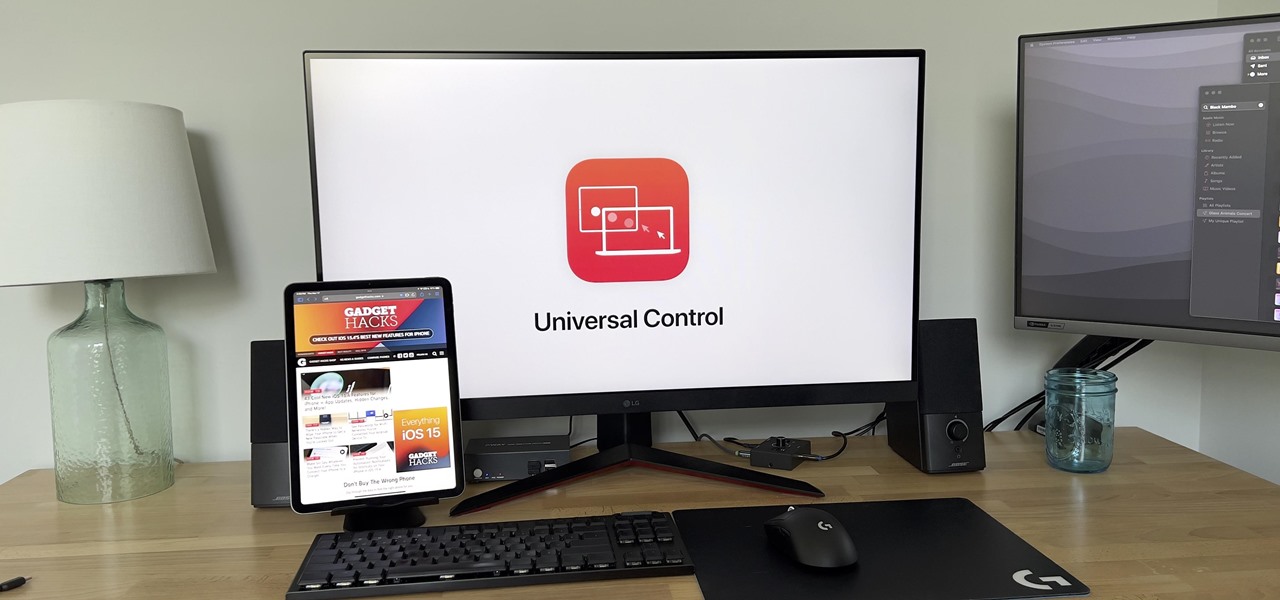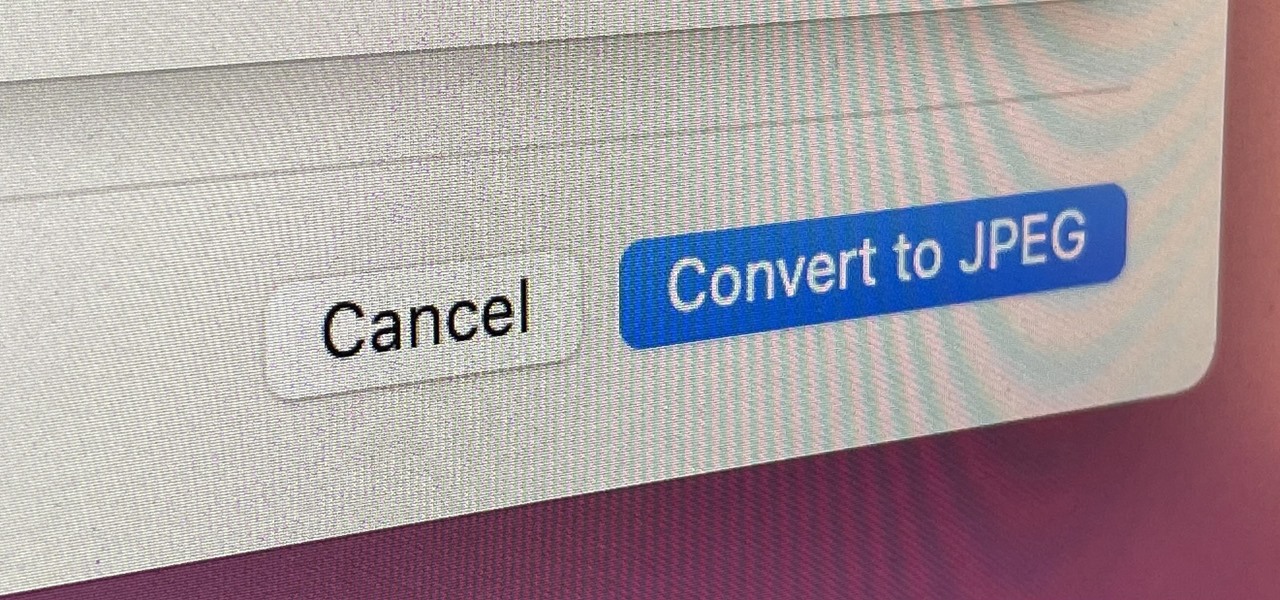I’ve Abandoned Third-Party Antivirus and I’m Never Looking Back
Antivirus
Did you know that Windows has had built-in antivirus solutions that is on par with the best you can buy? Here’s why I only use Windows Security, plus some pointers about the various sections within Windows Security.
The tip to use Windows Security instead of third-party antivirus solutions is intended only for the personal and consumer user audience. Businesses have their own unique environments that often require additional third-party antivirus, VPN, and other network security settings.
The Difference Between Windows Defender and Windows Security
The modern iteration of Windows Security came about during Windows 8 era, and was simply introduced as Windows Defender, replacing the older Microsoft Security Essentials. Now the antimalware part of the broader Windows Security suite is called “Microsoft Defender Antivirus.”
Microsoft’s idea was to integrate a complete antimalware solution into Windows to improve the security of the operating system—to great success. Since then, Windows PCs have been better protected and without the resource overhead of third-party antivirus.
AntiVirus Solutions At-A-Glance
|
Pros |
Cons |
|
|
Malwarebytes |
|
|
|
Norton Antivirus |
|
|
|
McAfee |
|
|
|
Microsoft Security |
|
|
As you can see from the above points, pricing and performance impact are the biggest negatives of using some common third-party antivirus tools. I’m not here to say that Microsoft Security is perfect—spoiler alert: it’s not. However, when compared to other third-party antivirus solutions, there is minimal to no performance impact on PCs and the price (free!) is great. There are also family protection options, few to no false positives, and more.
Microsoft Security easily allows you to research and add an exception to a file that may have been identified as a malicious one. McAfee offers an option for users to submit a false positive via email submission; Malwarebytes offers the option for paid users to submit a false positive, but free users need to submit the false positive to “researchers to investigate.”
The efficacy of McAfee is in the top 5 list of most effective per independent testing that was conducted, with Norton rising to the top. It’s important to note that both of these options are not free, and Defender did perform very well under testing. When comparing false positive rates, Windows Security tied McAfee in identifying the same number of false positives with better performance.
Accessing Windows Security
To access Windows Security, click on the Start Menu, type Windows Sec, and select “Windows Security” from the Best Match section at the top.
Once you’re in the Windows Security application, you will see a number of sections available on the left-hand menu. These specific sections handle different security aspects of Windows.
If all the security is up-to-date and no threats or issues are detected, you will see green check marks next to each secure section. Yellow exclamations are warnings for you to take a look to see if additional steps need to be taken. If you see any sections that have a red “X”, there are additional steps which need to be taken in order to secure your Windows environment.
Virus & Threat Protection Options
This Virus & Threat Protection section holds a variety of virus and threat protection services, including a scan to check for any current threats, settings and updates for the virus and threat protection service, and ransomware protection options. If everything looks good, you will see a green check mark next to each of the aforementioned sections; otherwise, you will see either a yellow exclamation mark or a red “X.”
Protecting Your Account
Account Protection offers a number of security options available on Windows for you to securely log into and manage the Microsoft account you used to sign onto Windows.
If you didn’t sign in to Windows with a Microsoft account, your menu items may be different.
Windows Hello. Windows Hello is a feature that uses your camera (built in or external) for facial recognition as your sign in instead of using a password. This option provides a much more secure method of logging into your Windows session and also removes the burden of having to remember a complicated password.
Dynamic Lock. Dynamic lock allows you to lock your Windows sessions after a certain amount of time. Businesses almost exclusively use this feature to maximize security, but you can decide if you would like to apply the same level of security in your environment.
Firewall & Network Protection Options
This section offers settings for your network and firewall.
Domain, Private, and Public Network. These settings configure which applications are allowed to pass through the firewall and which ones do not. For users who frequently interact with a public network, it’s vital to ensure that unauthorized access to your PC from a network connection does not occur.
Controlling App & Browser Settings
Here you’ll find options for controlling browser behavior, app handling, and protection against some types of malicious attacks.
Smart App Control. This setting allows you to select which apps are added to your trusted list. This is a great feature when you may be experiencing behavior that leads you to believe that a particular application is malicious, and you aren’t sure if you want to delete it or not—simply add it to the untrusted list for the time being.
Reputation-based Protection. This setting allows a variety of security adjustment features including checking for unknown apps from the web, malicious sites, phishing protection, unwanted apps, and more. This feature is extremely handy to ensure only your trusted apps are running on Windows.
Isolated Browsing. This feature allows you to launch a Microsoft Edge instance in an isolated browsing space in order to isolate your system from any malware or other exploits.
Exploit Protection. This is another security option in place to protect the Windows PC against attacks.
Securing Your Device
The Device Security section houses core Windows services, processor and data encryption, and secure boot options.
Core isolation. This feature keeps the Windows kernel (main brain, if you will) safe from prying malicious software.
Security Processor. This layer adds a Trust Platform Module (TPM) which provides additional encryption to Windows.
Secure Boot. Secure boot prevents malware from loading along with your Windows instance.
Data Encryption. Adds additional layers to protect against access to lost or stolen devices.
Device Performance & Health Options
The Device Performance & Health section offers a health report that shows how your PC is doing in four main categories: Storage capacity, battery life, apps and software, and Windows Time service. This is also where you have additional options relating to performing a Fresh Start reboot to your Windows installation (this is generally only available when there are issues found).
Family Control Options Parents have the option to set their children’s screen time and track what their children do on the PC in this section.
PC Protection History If there are any recommendations or protection steps that Microsoft recommends for Windows, they will appear here.
Microsoft Security is a fantastic built-in security tool that offers value to personal and consumer users in the Windows environment rather than adding third-party antivirus programs that often times add more overhead than solutions, with some third-party tools even having trust violations.


























